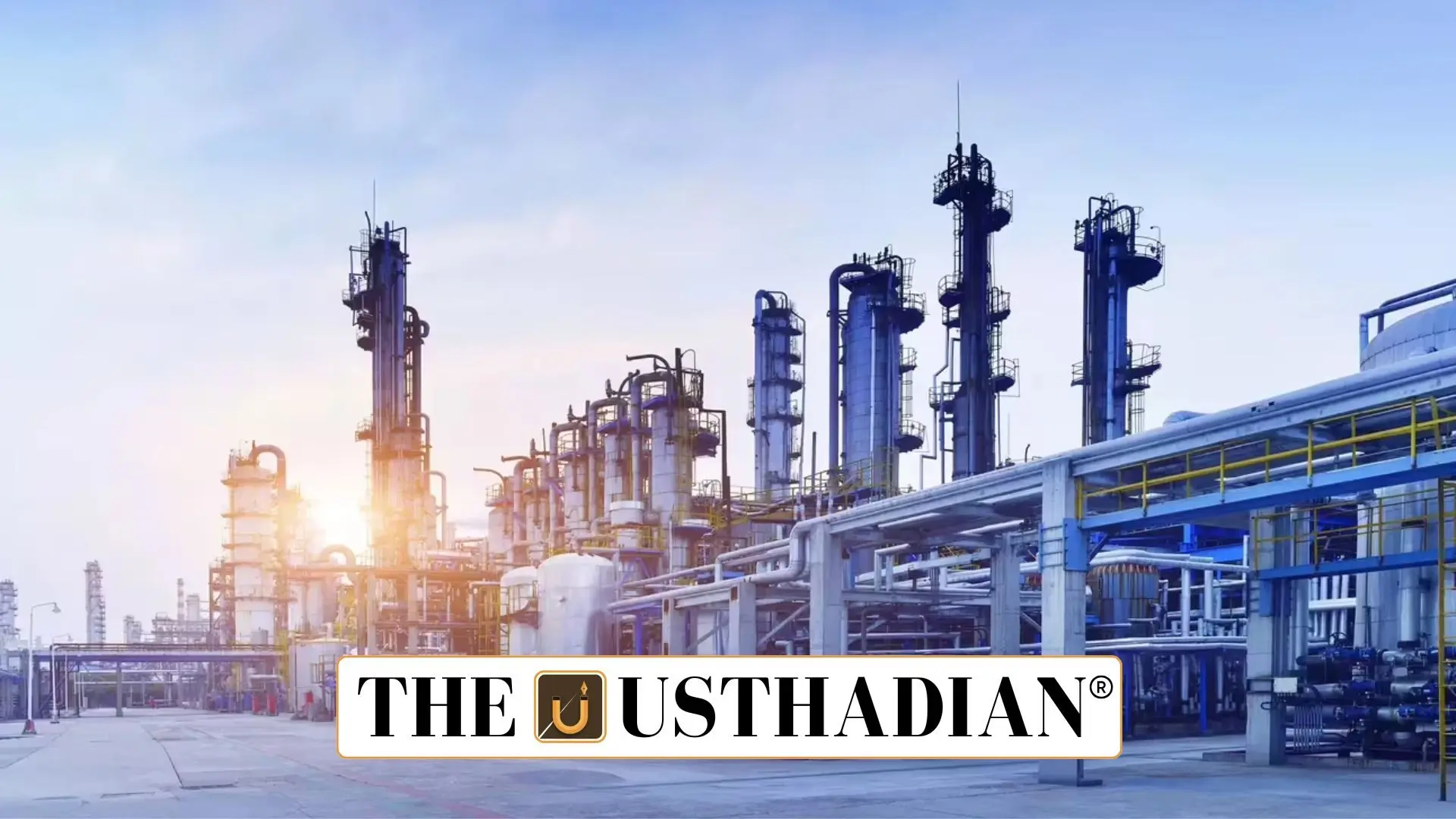India’s chemical industry at a turning point
Strengthening Chemical Industry in India: The NITI Aayog has released a new report titled “Chemical Industry: Powering India’s Participation in Global Value Chains.” It presents a roadmap to make India’s chemical sector a USD 1 trillion industry by 2040.
Currently, India contributes only 3.5% to global chemical value chains (GVCs), despite being the 6th largest producer of chemicals globally.
Growth potential with structural shifts
With both fiscal and non-fiscal interventions, India can raise its GVC share from 3.5% to 12% by 2040. This requires a transformation in infrastructure, policy, and human capital within the chemical industry.
Static GK fact: India’s chemical sector is valued at over USD 220 billion today and supports over 2 million jobs.
Key challenges hindering progress
One of the biggest hurdles is India’s dependence on imported feedstock, leading to a USD 31 billion trade deficit in 2023. Domestic backward integration remains limited.
Low investment in R&D is another major issue. India allocates only 0.7% of its chemical industry investments to research, far below the global average of 2.3%.
There is also a 30% shortage of skilled professionals, which affects the industry’s ability to handle complex manufacturing processes.
Static GK Tip: India imports significant quantities of methanol, phenol, and acetic acid—key feedstock chemicals.
Infrastructure and regulatory bottlenecks
The chemical sector suffers from logistics inefficiencies, fragmented supply chains, and complex regulations. These challenges add to costs and discourage global investors.
Fast-tracking environmental clearances and improving ease of doing business is critical to attracting long-term capital and innovation.
Strategic government interventions needed
The NITI Aayog report recommends targeted fiscal instruments such as Viability Gap Funding (VGF) to support large-scale chemical projects.
The creation of world-class chemical hubs—similar to industrial clusters—can boost capacity and competitiveness.
Additionally, an Opex (operational expenditure) subsidy should be introduced for high-import, high-export potential chemicals that are crucial for end-user industries.
Static GK fact: Gujarat accounts for over 60% of India’s chemical production due to its petrochemical complex and port infrastructure.
Global integration through FTAs
Securing Free Trade Agreements (FTAs) with key markets will help Indian chemical products integrate more deeply into GVCs. FTAs also ensure access to critical feedstocks and export markets.
Conclusion
If India can overcome existing structural bottlenecks through timely policy execution and focused investments, the chemical industry can not only grow exponentially but also become a key pillar of India’s global trade strategy.
Static Usthadian Current Affairs Table
Strengthening Chemical Industry in India:
| Topic | Detail |
| Current GVC share | 3.5% |
| GVC target by 2040 | 12% |
| Report released by | NITI Aayog |
| Target sector size by 2040 | USD 1 Trillion |
| India’s global rank in chemical production | 6th |
| 2023 chemical trade deficit | USD 31 Billion |
| R&D investment in India | 0.7% |
| Global average R&D investment | 2.3% |
| Skilled manpower shortage | 30% |
| Major chemical-producing state | Gujarat |








